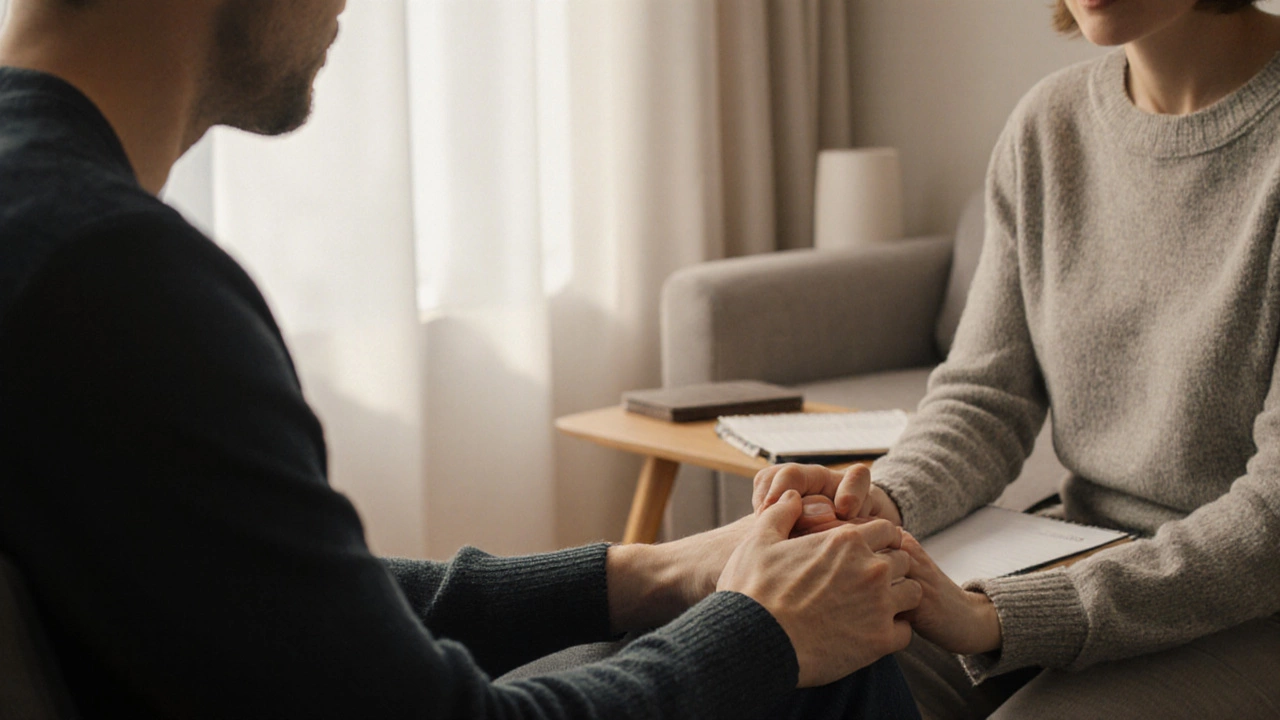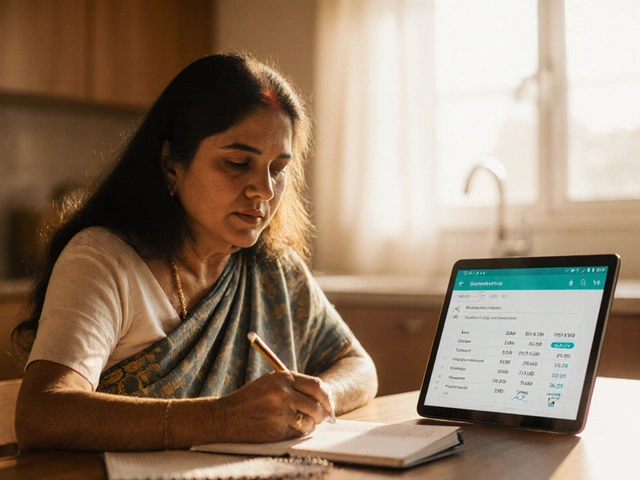Nonverbal Communication in Health: Why It Matters
Ever notice how a simple glance or a sigh can tell a doctor more than words? In medical settings, nonverbal cues are the hidden language that helps patients and caregivers understand each other fast. Knowing what a clenched jaw, restless hands, or a relaxed posture means can prevent misdiagnoses, reduce anxiety, and make appointments smoother.
Reading Patient Cues: Common Signals
When a patient avoids eye contact, it often signals discomfort or fear. A steady, open posture usually means they feel heard and safe. Watch for facial expressions: furrowed brows can point to pain, while a slight smile may indicate relief after hearing good news. Trembling hands might show nervousness about a procedure, so giving a calm presence can ease the tension.
Doctors, nurses, and therapists can also use their own body language to build trust. Leaning slightly forward shows interest, while a gentle nod encourages the speaker to continue. Keeping arms uncrossed removes barriers and signals openness. Even the tone of voice matters—soft, steady speech calms a worried patient more than a rushed, loud tone.
Practical Tips for Better Nonverbal Interactions
1. Match your words with actions. If you ask a patient to relax, lower your voice and keep a calm facial expression. Contradictory signals create confusion.
2. Observe before you react. Take a few seconds to scan a patient’s posture, breathing, and eye movements. This pause often reveals the real issue behind the spoken complaint.
3. Mirror subtly. Matching a patient’s pace of speech or small gestures can create rapport, but avoid copying too closely—it can feel mocking.
4. Use touch wisely. A light hand on the shoulder can convey empathy, but always respect cultural norms and personal boundaries.
5. Ask for clarification. If you’re unsure about a nonverbal sign, simply say, “I notice you seem tense; can you tell me what’s on your mind?” This shows you value their feelings.
Nonverbal communication isn’t just for doctors. Patients can improve their own health outcomes by learning to signal clearly. For example, pointing to the exact spot of pain instead of using vague words helps the clinician locate the issue faster. Raising a hand when you need a break during a long test sends a clear message without interrupting the flow.
In telehealth, nonverbal cues shift to video cues. Pay attention to facial expressions, lighting, and the angle of the camera. Make sure your face is well lit and your background isn’t distracting, so the clinician can read your emotions accurately.
Remember, nonverbal communication is a two‑way street. Both parties shape the conversation with gestures, posture, and tone. By being aware of these signals, you can turn a routine check‑up into a more comfortable, effective experience.
Start noticing the silent language today. The next time you sit in a waiting room, watch how people sit, how they move, and how they speak. You’ll soon see how much the unspoken tells you about health, stress, and wellbeing.





